Masada is a mountaintop fortress located in the Judean Desert, near the Dead Sea in Israel. It was built by King Herod the Great during the first century BCE and was later used as a stronghold by Jewish rebels during the First Jewish-Roman War. Today, the Masada Museum, located near the base of the mountain, tells the story of this remarkable place and its historic significance.
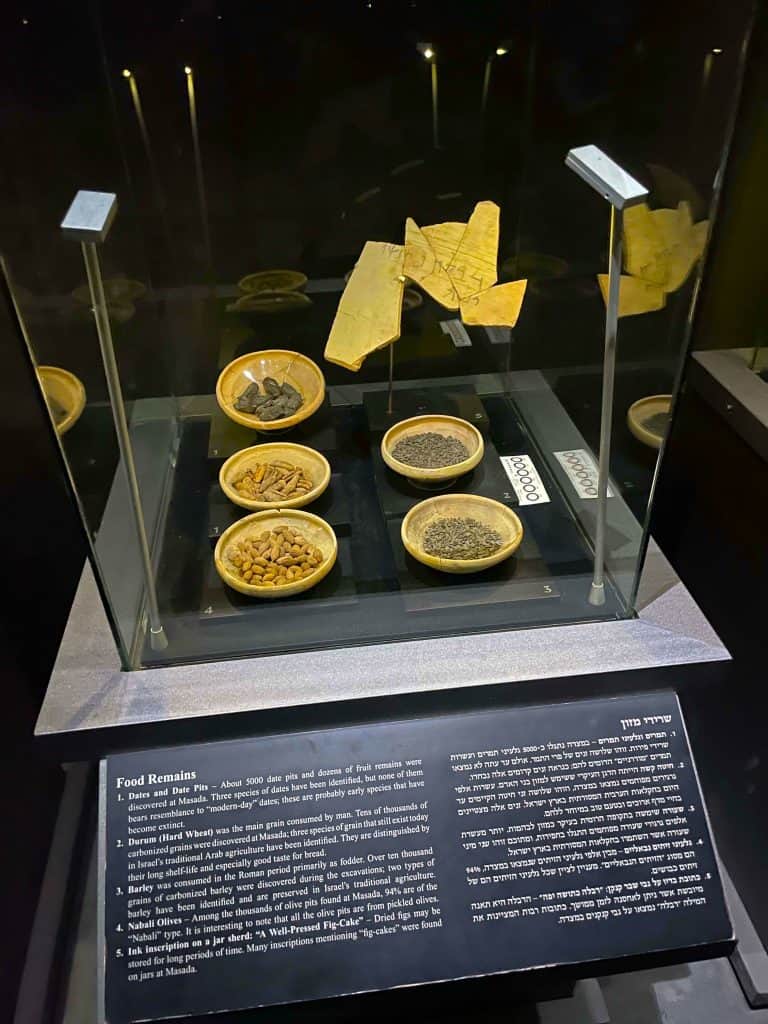
Masada Museum was designed in a special and innovative way that combines the presentation of the findings from the excavations with a theatrical design background and an explanation played through headphones.
Masada Ultimate Guide
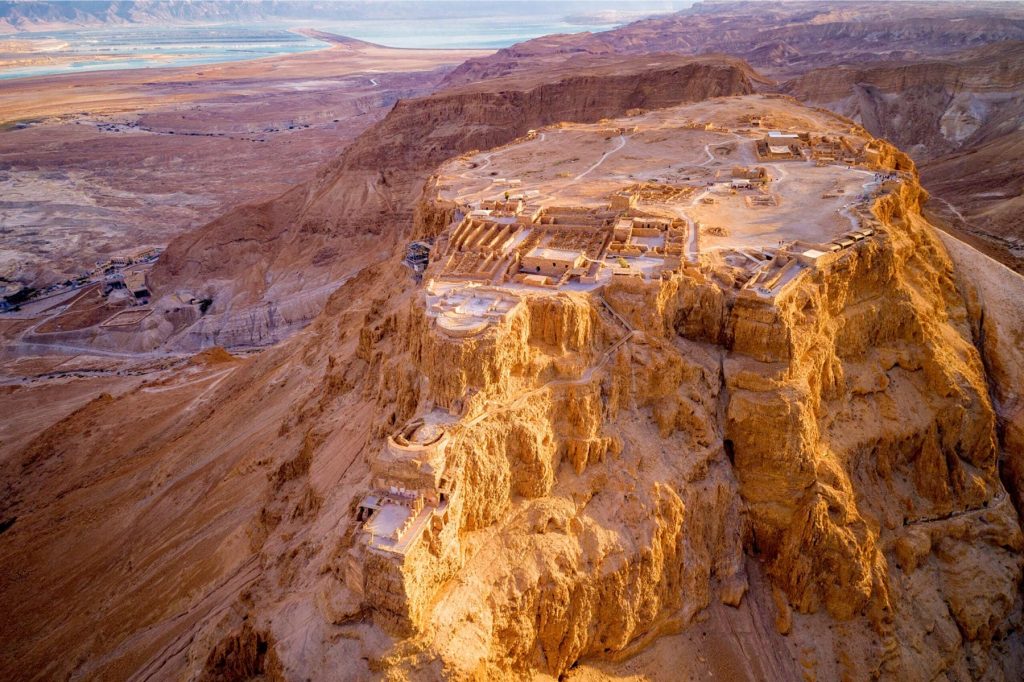
In order to present the story of Masada in its historical context, against the background of the political and military processes that shaped the face of the period, the exhibition findings are arranged around three main focal points: Herod, the rebels, and the Roman army.
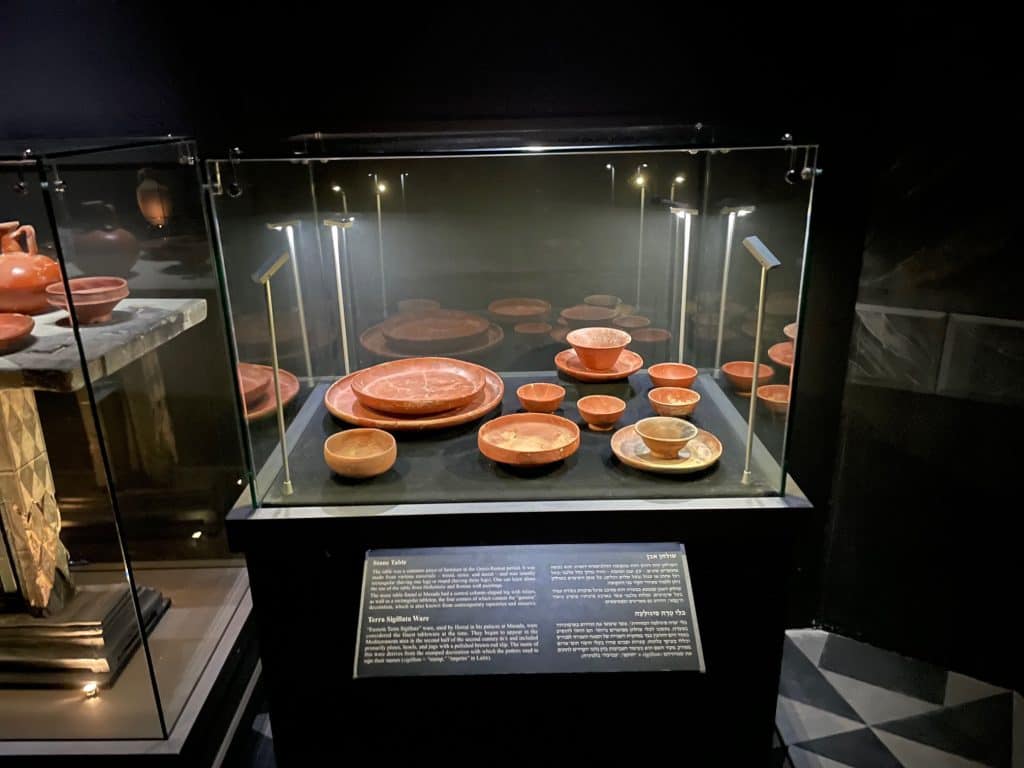
Masada Museum is divided into nine different spaces according to their archaeological and historical content and contains a three-dimensional setting: sculpted figures, architectural details, floor, and walls – all made in maximum accordance with the realia findings of the period, but in dark colors of dark gray to black.
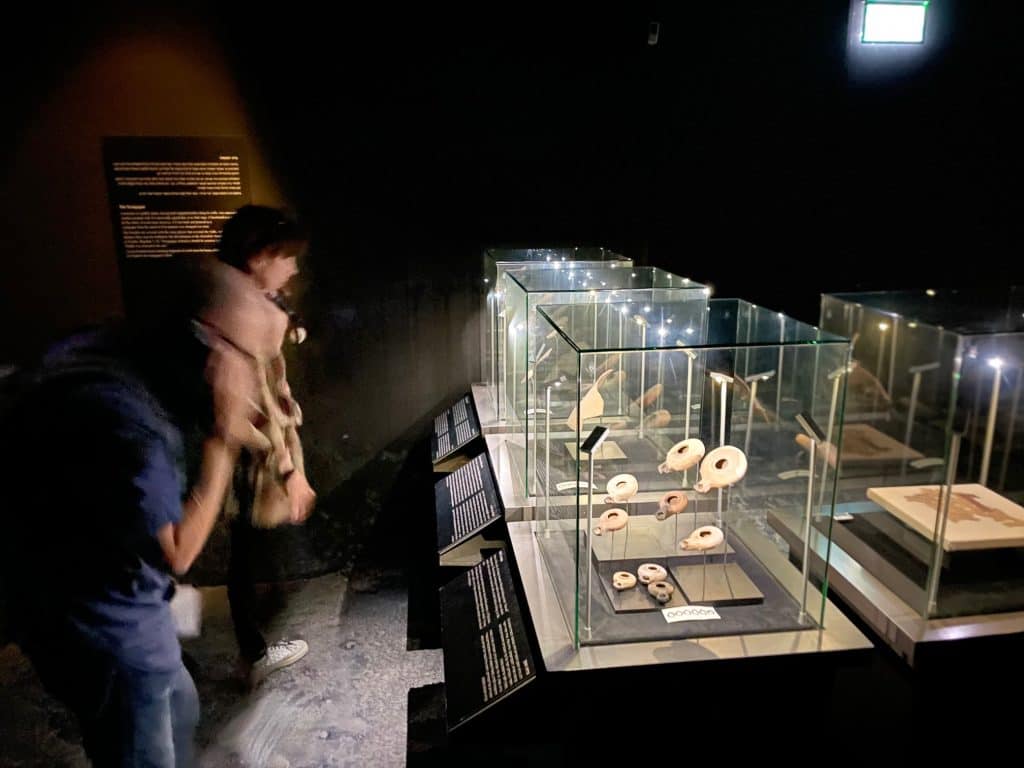
Because of the minimal lighting, the setting has an “absent presence”, disappearing into the darkness, emphasizing dramatic angles, while the archaeological finds are illuminated and accompanied by written explanations.
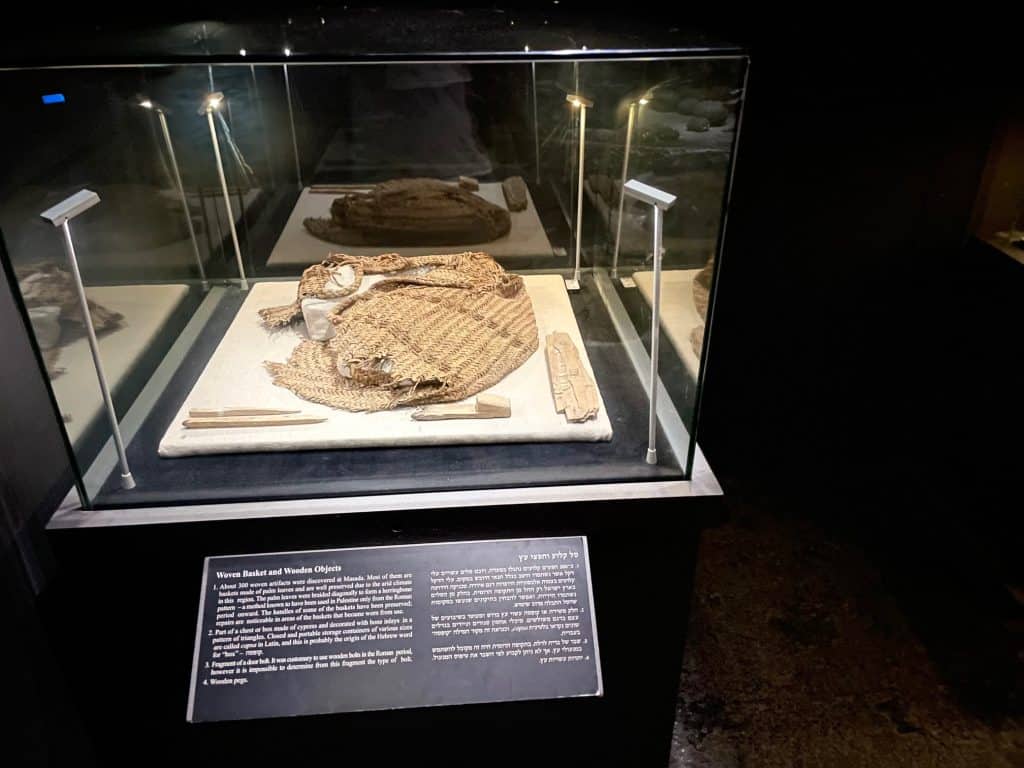
The close relationship between the archaeological findings and the setting that accompanies them is reflected in each of the spaces. Thus, for example, a stone table and luxurious dinnerware are displayed – together with inscriptions on amphorae detailing the types of wine and special foods – against the background of a banquet scene in the days of Herod.
In another space, depicting the residence of the rebels in the rooms of the wall, simple cooking utensils, remnants of clothing, straw baskets, brushes, and Hebrew inscriptions dealing with everyday life are brought.
Ein Gedi Nature Reserve

Masada Museum: Unique Archaeological Finds
Latin inscriptions and objects related to the Roman army are displayed in another space against the background of a setting depicting an army camp of the Roman 10th Legion surrounded by Masada. The explanation played through the headphones will make it easier for the visitor to connect the findings and the setting and make the visitor the partner and confidant of the narrator accompanying him during the story.
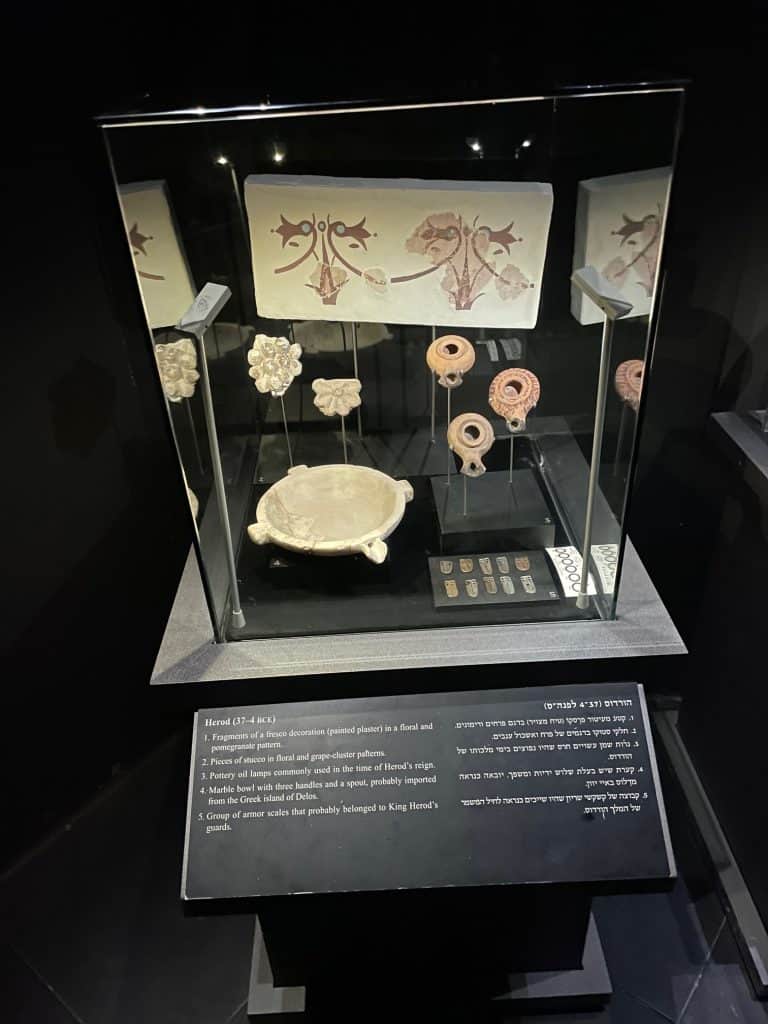
This is, first and foremost, the historical story that came down to us from the writings of Josephus Flavius, and the encounter with it indeed begins the visit to the museum. The visitor experiences different episodes from the reign of Herod, who built Masada; He moves to the years of the great rebellion against the Romans, a period in which the rebels sat on top of the mountain, and ends with the Roman siege and the fall of Masada.
Last is the gallery dedicated to the site archaeologist, Professor Yigal Yedin, and concludes the fascinating story of Masada between the two poles – starting with the number and ending with the famous archaeologist.

